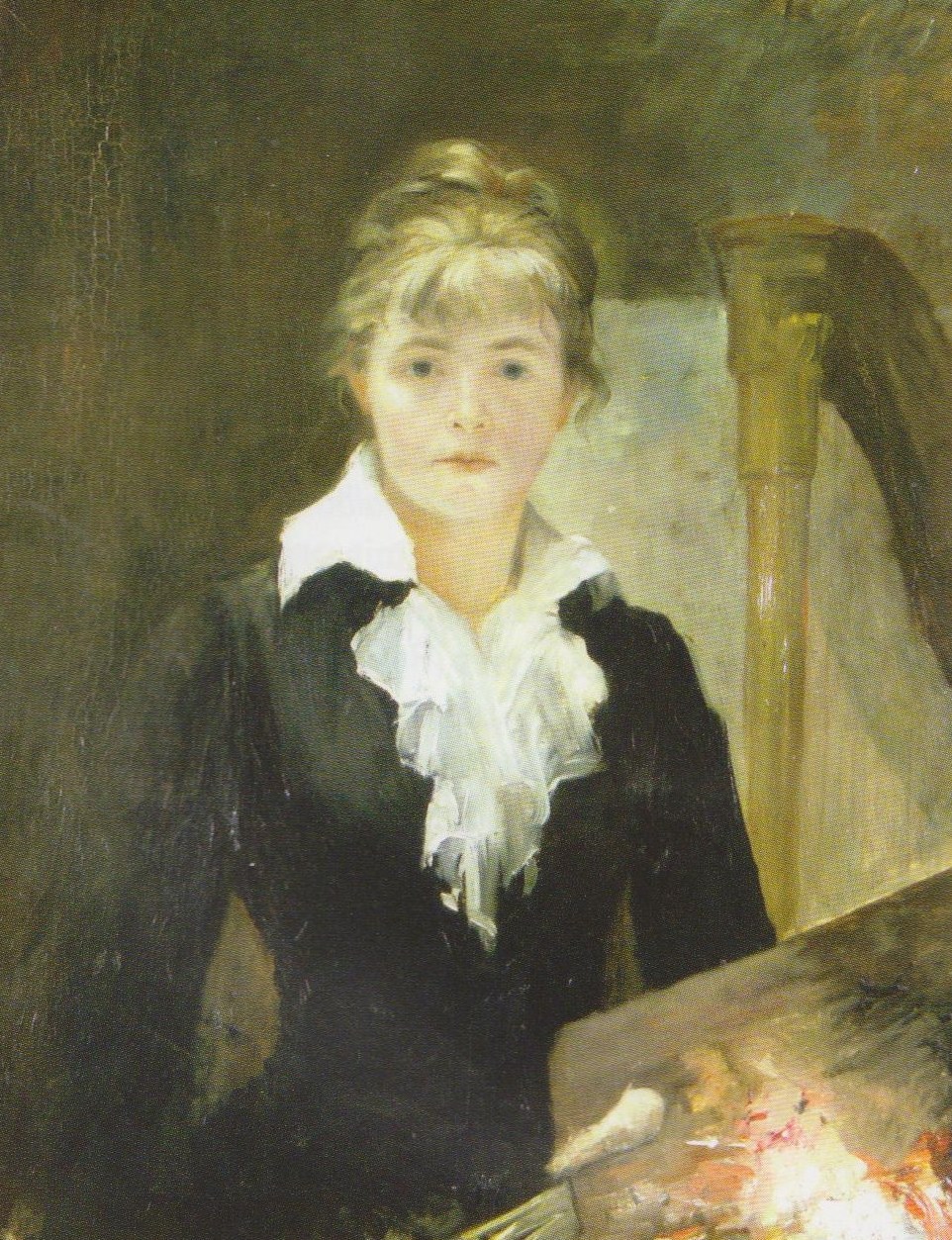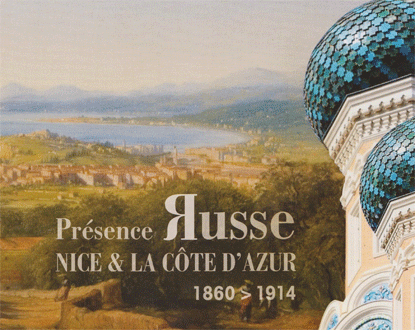This year 2012, which is coming to an end, marks the centennial of the Saint Nicholas Orthodox Cathedral in Nice. Everyone has seen, at one time or another, the imposing domes of this church commissioned and completed by Tsar Nicholas II in 1912, two years before the storm that would devastate and stain Europe with blood and overthrow three empires.
FROM LIVADIA TO NICE!
The Riviera and Nice were the meeting places for these courts where Emperors, Kings, princes, all cousins through Queen Victoria, came to winter on our shores with mild and gentle winters. At that time, people didn’t yet speak of the French Riviera but of eternal spring. The Russians discovered the Nice landscapes, which reminded them of the Black Sea and Livadia, where the Tsar had a residence. The Russian fleet established in Villefranche in 1860, the harbor becoming one of their naval bases. Scientists set up a marine zoological station there.

Long before the Goulds in Juan-les-Pins, Grand Duchess Pavlovna promoted sea bathing. This Russian presence in Nice would strengthen the Franco-Russian alliance, and in September 1914 Russia would play its part in our victory at the Marne, forcing Germany to thin out its western front to stop the Brusilov offensive. Do students from the Faculty of Science know that the Valrose Castle and its park are the work of Baron Von Derwies? It was a gathering place where music and dance were the muses. Serge Diaghilev was one of the prestigious figures of this then fashionable venue.
This Russian presence on the Riviera was very significant; it is impossible to measure its true extent in one article, and one can only advise you to visit the Masséna museum to delve into this exhibition dedicated to Russia and discover the life of the Belle Époque, just before the conflict that no one believed in: “They are all cousins, why would they go to war?” The Russian presence on the Riviera is being recounted until March 18, 2013.
T Jan




